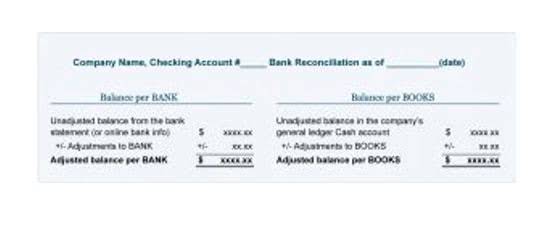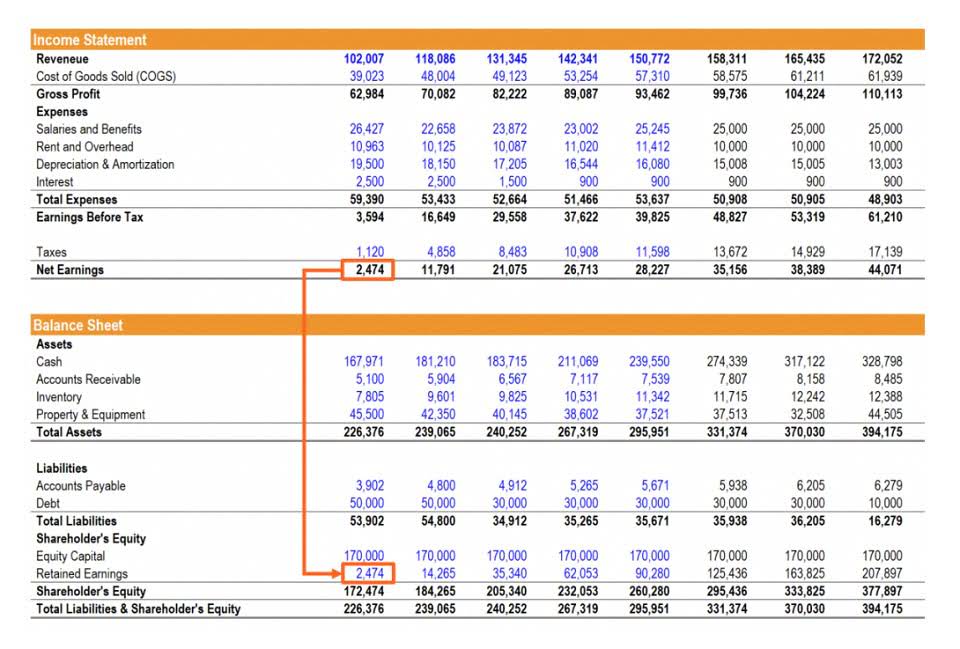
So, Lee decides to use the LIFO method, which means he will use the price it cost him to buy lamps in December. In stable price environments, the difference between FIFO and other methods is minimal. However, during inflation, FIFO often improves reported profitability, while potentially increasing tax obligations. Understanding FIFO in theory is one thing, but being able to use it to interpret business health, profitability, and cost efficiency is what gives this inventory method its real power.
FIFO vs LIFO

Inventory management is the backbone of any business that deals with physical goods. The complexity of keeping stock up-to-date while minimizing losses due to spoilage, obsolescence, or inflation can be overwhelming. One inventory management method that simplifies this process is FIFO—First In, First Out. Especially relevant for industries that handle perishable or time-sensitive goods, FIFO ensures that older stock is sold first, minimizing waste and optimizing profits. When the cost of inventory is rising, FIFO will ensure that the older, less expensive inventory cost is transferred to Cost of Goods Sold.
- Understanding how FIFO and LIFO impact cost of goods sold (COGS) is easier with real-world examples.
- Finally, compute the total COGS by multiplying the per-unit cost of the oldest inventory by the number of units sold.
- Make sure your ending inventory reflects the value of your most recent purchases, since FIFO assumes the oldest items are sold first.
- The FIFO method impacts how a brand calculates their COGS and ending inventory value, both of which are always included on a brand’s balance sheet at the end of a financial accounting period.
- If you want to read about its use in a perpetual inventory system, read “first-in, first-out (FIFO) method in perpetual inventory system” article.
- Equally important are comprehensive sales records, noting the date of each sale and the quantity of units sold in each transaction.
Average Cost Method (AVCO)
Although the oldest inventory may not always be the first sold, the FIFO method is not actually linked to the tracking of physical inventory, just inventory totals. However, FIFO makes this assumption in order for the COGS calculation to work. The sequence of the number of units being sold or used ensures freshness and reduces wastage. Also, in terms of beverages, especially wines or spirits that can age, FIFO ensures that older stocks, which might have a different value, are adequately accounted for. First In First Out is the most logical movement of goods from any storage area to the point of use. That’s why many companies calculate the current value of inventory using the FIFO method.
Accounting Services
Since LIFO assigns the most recent (often highest-priced) inventory to the COGS, it helps companies reduce taxable income during periods of inflation. Unlike FIFO, which maintains a natural inventory flow, LIFO emphasizes the importance of newer, higher-cost inventory in cost calculations. This approach has a direct impact on a company’s financial statements and tax payroll obligations. FIFO bases COGS on older inventory costs, which may not accurately reflect the actual cost of replacing stock. During times of significant price fluctuations, financial reports may overestimate profitability, giving a misleading picture of actual margins.
For example, if the difference between the LIFO and FIFO valuation of inventory is $4,000, this amount is the LIFO reserve. The reserve is important because it allows users of financial statements to compare inventory costs calculated under LIFO to those under FIFO. The choice of method can depend on various factors, including the type of inventory, the industry standard, and tax considerations. To determine ending inventory value, identify remaining units and their costs. After the January 30 sale, 90 units remain from the January 25 purchase (120 – 30), which are the most recently purchased. This reflects current costs on the balance sheet, as older, lower-cost items are assumed sold.
- LIFO, or Last In, First Out, is an inventory management and accounting method where the newest inventory items are sold first.
- In contrast, LIFO can make reports more complex, especially when reconciling inventory balances over time.
- FIFO is especially useful for businesses with perishable goods or high inventory turnover, as it reflects the actual flow of goods.
- After the January 30 sale, 90 units remain from the January 25 purchase (120 – 30), which are the most recently purchased.
- When all of the units of goods available are sold, the total cost of goods sold is the same, using any inventory valuation method.
- A few weeks later, they buy a second batch of 100 mugs, this time for $8 apiece.
- FIFO also promotes regular inventory turnover by selling older stock first, reducing obsolescence risk.

The First-In, First-Out (FIFO) method is a widely used accounting technique for valuing inventory. It operates on the principle that the first goods purchased or produced by a business are the first ones to be sold. This method is fundamental for accurately determining both the cost of goods sold (COGS) and the value of remaining inventory at the end of an accounting period. Businesses employ FIFO to reflect a logical flow of goods, particularly for items with a limited shelf life or those where older stock should be moved first. Though it’s one of the easiest and most common valuation methods, FIFO can have downsides.

If we apply the FIFO method in the above example, we will assume that the calculator unit that is first acquired (first-in) by the business for $3 will be issued first (first-out) to its customers. By the same assumption, the ending inventory value will be the cost of the most recent purchase ($4). When a business buys identical inventory units for varying costs over a period of time, it needs to have a consistent basis for valuing the ending inventory and the cost of goods sold. First-in, first-out (FIFO) is a method for calculating the inventory value of a company considering the different prices at which the inventory has been acquired, produced, or transformed. The FIFO method can result in higher income taxes for a company because there’s a wider gap between costs and revenue.

Potential Cash Flow Advantages
Whether navigating rising costs or ensuring compliance with accounting standards, mastering FIFO will help you manage your inventory and finances more precisely and confidently. This method operates on the principle that the oldest inventory items are the first to be sold or used. Gross how to calculate fifo profit is a fundamental measure of profitability, and the FIFO (First-In, First-Out) method offers a structured approach to inventory valuation. We encourage all logistics professionals to consider implementing or optimizing FIFO in their operations.
- For example, a company that sells seafood products would not realistically use their newly-acquired inventory first in selling and shipping their products.
- Ending inventory also significantly impacts the income statement through its effect on Cost of Goods Sold (COGS).
- The key idea behind FIFO is that inventory costs are recorded based on the earliest purchases, which means older, often lower-cost items are reflected in the Cost of Goods Sold (COGS).
- Let’s say you’ve sold 15 items, and you have 10 new items in stock and 10 older items.
- When it comes to inventory valuation, FIFO and LIFO are two widely accepted and practiced methods.
- FIFO (first in, first out) is an inventory costing method where the oldest inventory items are assumed to be sold first.
Complexity of fluctuation reporting
Now that we have ending inventory units, we need to place a value based on the FIFO rule. To do that, we need to see the cost of the most recent purchase (i.e., 3 January), which is $4 per unit. Calculate the value Oil And Gas Accounting of Bill’s ending inventory on 4 January and the gross profit he earned on the first four days of business using the FIFO method.
